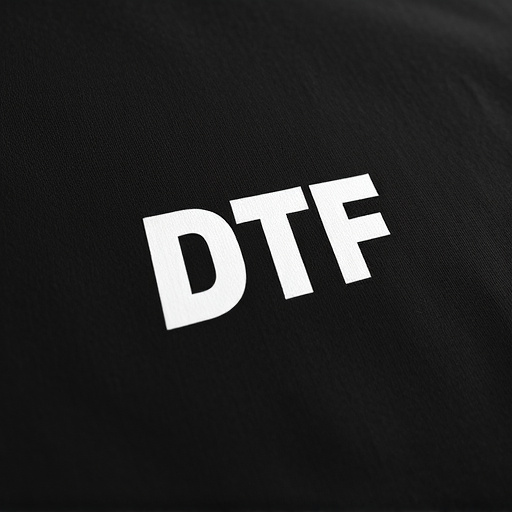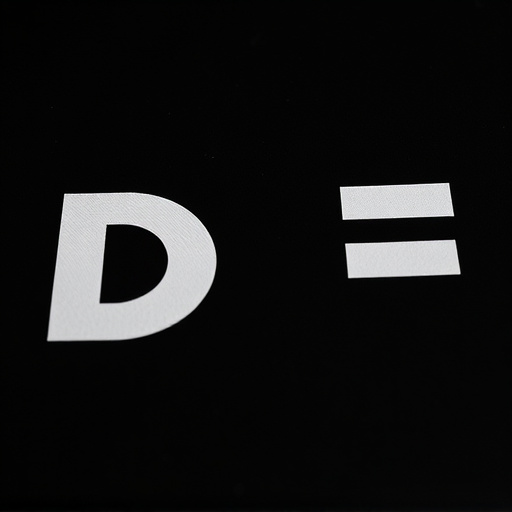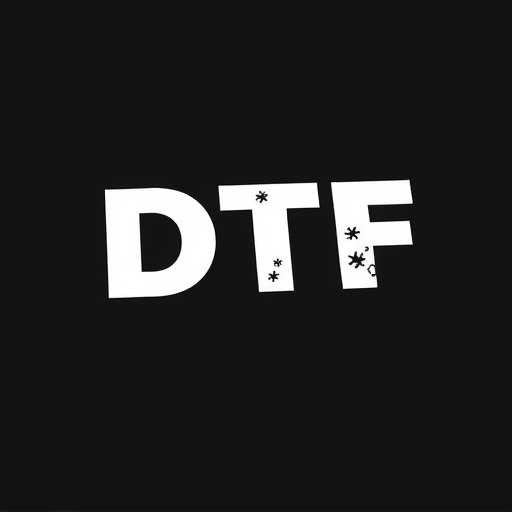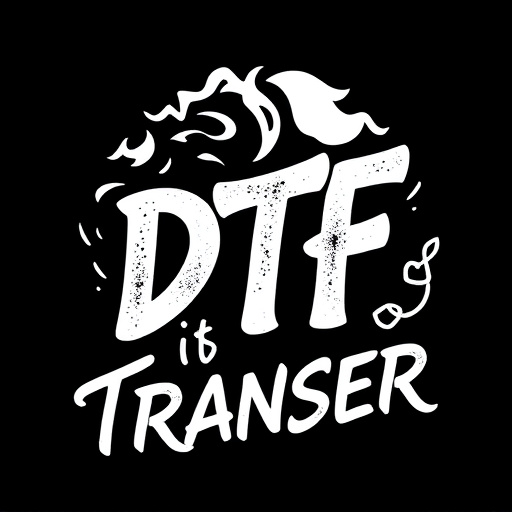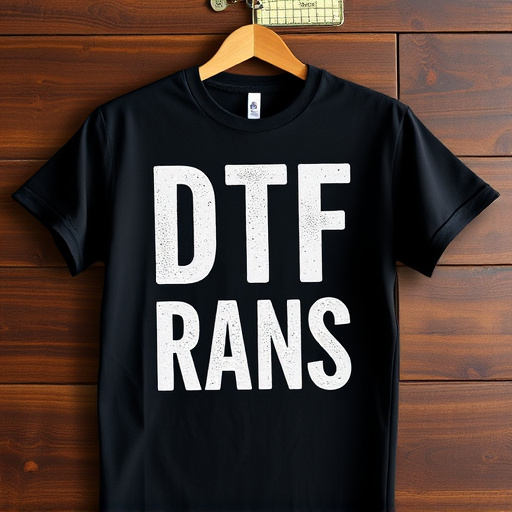Digital Film Transfer (DTF) revolutionizes small commercial operations by converting traditional films into modern digital formats. Through high-resolution scanning, restoration, and color correction, DTF offers superior-quality digital prints (DTF prints). The Direct to Film (DTF) printing process is versatile, cost-effective, and efficient for various materials like fabric, paper, and vinyl. By eliminating expensive setup costs, DTF Transfer ensures vibrant colors and detailed designs while maintaining affordability. Adopting DTF Printing enhances productivity, reduces waste, and elevates products' quality. The right DTF transfer equipment and software, chosen based on print volume, desired quality, and material types, is crucial for optimal results. Successful implementations across industries demonstrate DTF Transfer's versatility, from boutique print shops to event venues. Future innovations in automation, digital integration, material science, and industry-specific solutions promise to further expand DTF Printing's utility.
In today’s competitive market, small commercial operations are constantly seeking innovative solutions to enhance their offerings. Digital Film Transfer (DTF) offers a game-changing approach with numerous advantages for businesses looking to expand their capabilities. This article explores the transformative power of DTF, highlighting its benefits for smaller operations and providing an in-depth guide on choosing the right equipment and software. We also delve into inspiring case studies and future trends, showcasing how DTF printing can revolutionize your business.
- Understanding Digital Film Transfer: A Brief Overview
- Advantages of DTF Transfer for Small Commercial Operations
- How DTF Printing Can Revolutionize Your Business
- Choosing the Right DTF Equipment and Software
- Case Studies: Successful DTF Implementation Stories
- Future Trends in DTF Transfer Technology
Understanding Digital Film Transfer: A Brief Overview
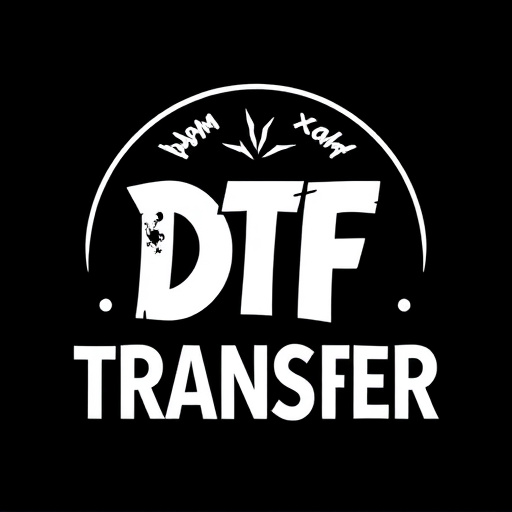
Digital Film Transfer (DTF) is a cutting-edge process that revolutionizes the way film assets are preserved and utilized in the modern era. This technology enables the seamless conversion of traditional film footage into digital formats, offering a game-changer for smaller commercial operations. By employing DTF Transfer methods, businesses can access high-quality digital prints, ensuring a vibrant and lasting visual experience for their audience.
The process involves scanning and digitizing films at exceptional resolutions, capturing every intricate detail. These digital copies are then meticulously restored and color-corrected to meet the highest standards. DTF Printing ensures that the final product maintains the original footage’s aesthetic appeal while providing flexibility in terms of format and size. This technology is a boon for smaller operations, allowing them to compete with larger studios by delivering exceptional visual content without the usual resource-intensive processes.
Advantages of DTF Transfer for Small Commercial Operations

The Digital Thermal Transfer (DTF) printing process offers small commercial operations a range of advantages when it comes to film transfer solutions. One of its key benefits is versatility; DTF allows for the creation of high-quality prints on various materials, from fabric to paper and vinyl, making it suitable for diverse business needs. This technology enables efficient batch production, allowing businesses to quickly produce multiple copies of designs with consistent accuracy.
Additionally, DTF Transfer provides cost-effectiveness without compromising quality. The process eliminates the need for expensive set-up costs associated with traditional printing methods, making it an attractive option for smaller operations with limited budgets. Moreover, DTF prints offer excellent color vibrancy and detail, ensuring that final products meet high-quality standards while remaining affordable.
How DTF Printing Can Revolutionize Your Business
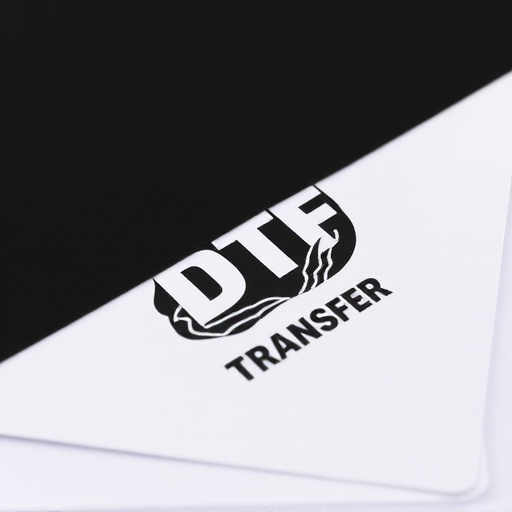
Delve into the world of DTF (Direct to Film) Printing and discover a game-changer for smaller commercial operations. This innovative technology is revolutionizing the way businesses approach custom print projects, offering unparalleled precision and efficiency. With DTF Transfer, you can create high-quality, detailed prints on a variety of materials, from textiles to plastics, with ease.
By adopting DTF Printing, your business gains access to faster production times and reduced waste, both of which are crucial for staying competitive in today’s market. The ability to produce complex designs with fine line details and vibrant colors will elevate your products to the next level, ensuring they stand out from the competition. Whether you’re a small clothing brand or a specialized packaging company, DTF Transfer is a versatile tool that can significantly enhance your output capabilities.
Choosing the Right DTF Equipment and Software
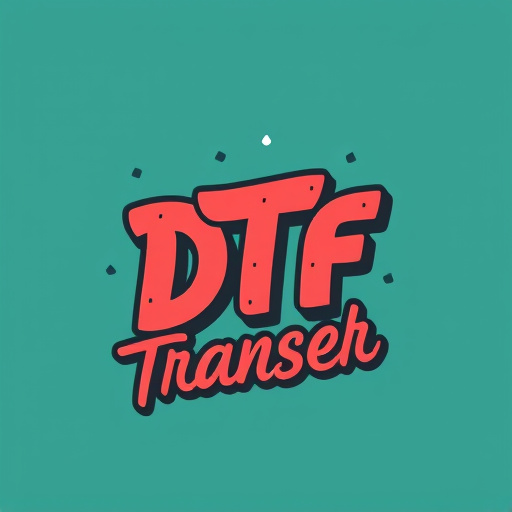
When it comes to selecting the appropriate DTF (Direct-To-Film) transfer equipment and software for smaller commercial operations, several key factors come into play. It’s crucial to align your choice with the specific needs of your business, including print volume, desired print quality, and the types of materials you’ll be working with. High-quality DTF printers and software can significantly enhance productivity by streamlining the transfer process, ensuring consistent results, and minimizing waste.
Invest in user-friendly software that offers precise control over settings like temperature, pressure, and exposure time. This allows for fine-tuning each print according to material characteristics, ultimately achieving superior DTF prints. Additionally, consider equipment with advanced features such as automatic film loading, integrated cutting systems, and remote monitoring capabilities, which can save time and effort while improving overall efficiency in your smaller commercial operations.
Case Studies: Successful DTF Implementation Stories
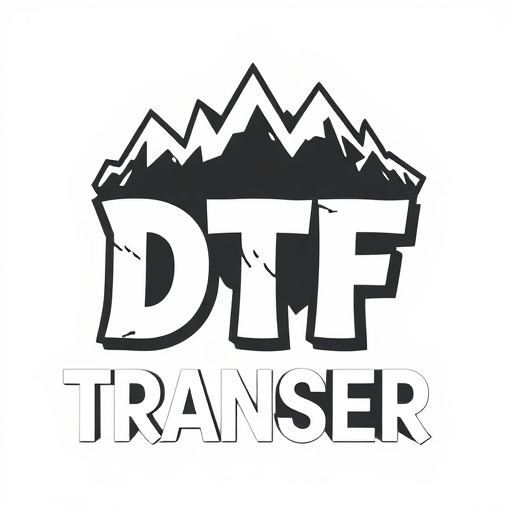
In the realm of film transfer solutions, Direct to Film (DTF) technology has emerged as a game-changer for smaller commercial operations. Case studies across various industries highlight the successful implementation of DTF transfer processes. For instance, boutique print shops have adopted DTF printing to offer high-quality, custom prints, appealing to niche markets with unique artistic visions. These establishments have witnessed increased efficiency and enhanced customer satisfaction due to the precise and vibrant DTF prints they can produce.
Another compelling story involves specialized event venues that use DTF transfer for creating personalized photo booth experiences. By integrating this technology, they can swiftly convert digital images into tangible mementos, providing attendees with memorable keepsakes. The versatility of DTF Transfer allows businesses to cater to diverse needs, from fine art enthusiasts to event organizers, solidifying its position as a versatile and efficient solution in the commercial landscape.
Future Trends in DTF Transfer Technology
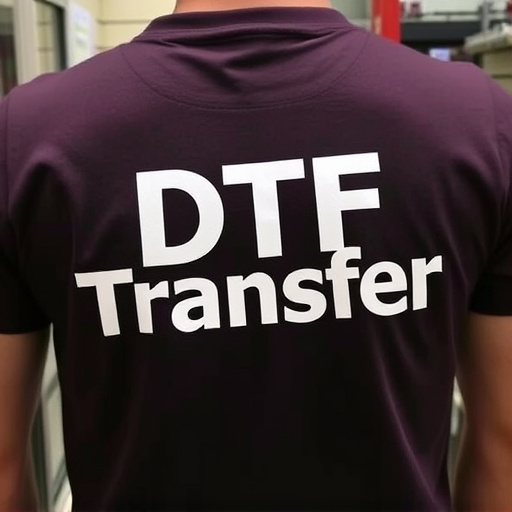
The future of Direct to Film (DTF) transfer technology looks promising for smaller commercial operations, with continuous innovations pushing the boundaries of what’s possible. Emerging trends suggest increased automation and digital integration within DTF printing processes, aiming to streamline production and enhance efficiency. This evolution could lead to faster turnaround times and improved consistency in DTF prints, making them even more viable for small-scale, high-demand applications.
Additionally, advancements in materials science are expected to result in higher-quality, more durable DTF films, capable of producing prints with superior color accuracy and longevity. As technology progresses, we may also see the emergence of specialized DTF transfer solutions tailored to specific industries or product types, further expanding the scope and utility of this versatile printing method.









